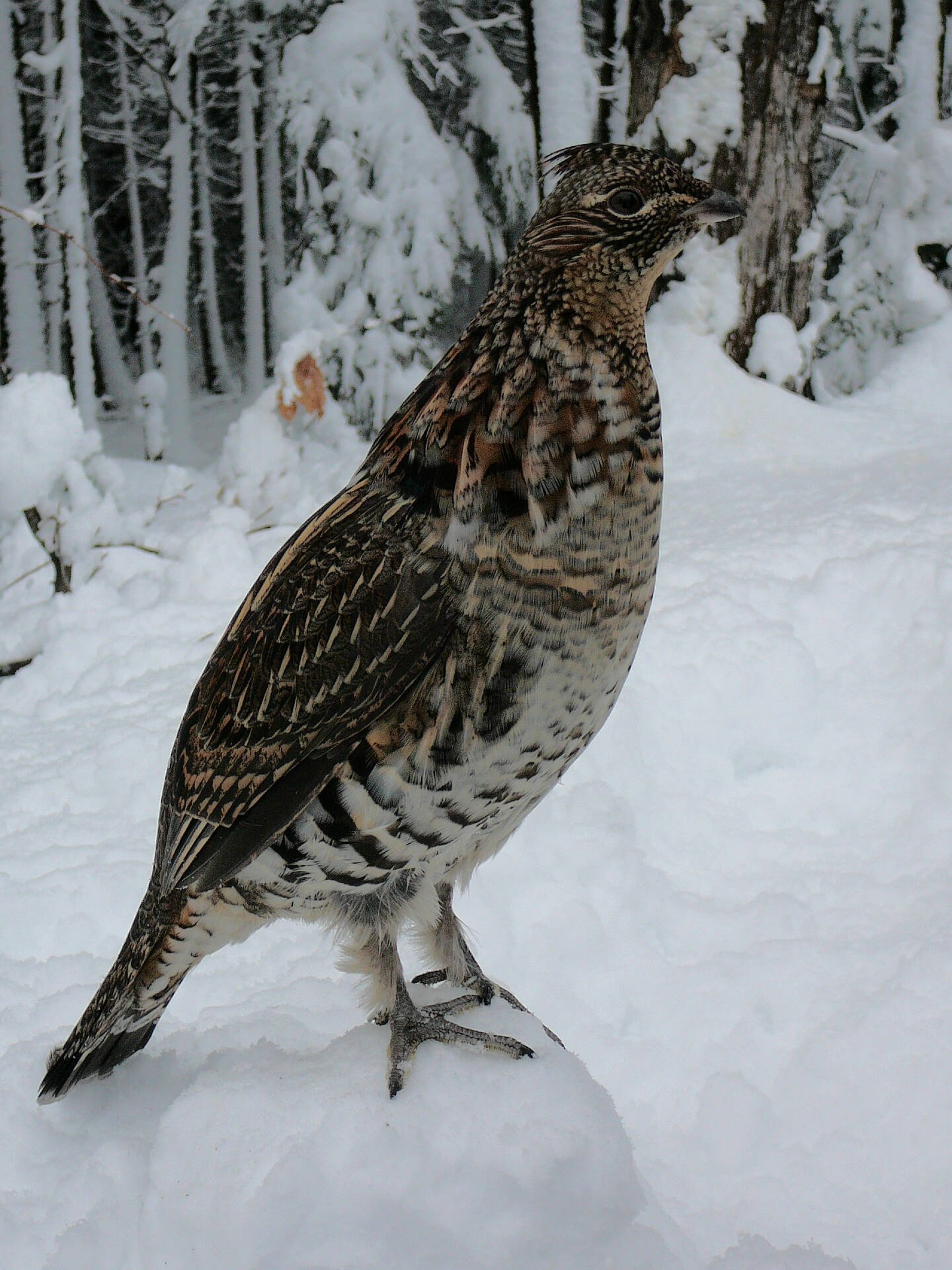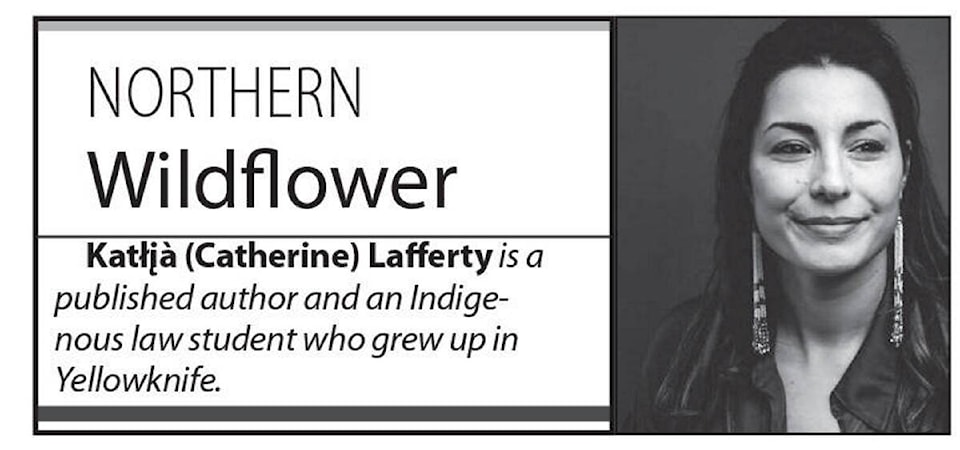I have come across a great treasure.
I stumbled over it in my search to find more information about my Dene ancestry and since I’m not able to sit next to one of my Elders being that I’m so far from home, I searched Dene stories on Google and found a very old book called The Book of Dene.
When I read the title I knew I had to have it no matter what the cost. It was the last copy that seemed to be available and it cost me a pretty penny but it was worth every cent. I realized later on that it is available online for free on the GNWT website. However, there is something about having an actual book in my hand, one that I can add to my library. It is now the most valuable book in my collection.
This tiny treasure of fewer than 50 pages contains the stories of the Chipewyan, the Tlicho, the Gahcho Dene (Slavey) and the Gwich’in (Loucheux) as told by Dene Elders who would have been alive in the 1700s. Those Elders would have been learning from their Elders, who would have been alive in the 1600s and so on. Essentially, the point I’m trying to make is that these stories were uninterrupted by colonization.
The stories almost read like a stream of consciousness or a dream but they are very understated because they harness an enormous amount of spiritual medicine power that makes it hard to fully grasp just how extraordinary they are. These are the creation stories of the Dene and the laws and legends that have been all but lost. In fact, it is iterated in the first page of the book that these are the histories, tales and traditions of the Dene.
The stories were collected and documented in and around the 1860s when a priest by the name of Emile Petitot came to the North and was posted in various Northern communities. Although I do not care for Petitot and his tainted past, I am thankful that these stories were captured because they are filled with important messages that would not have otherwise been written. These stories are like gifts from our ancestors for us to carry on. There are some stories that have the influence of the church within them such as the Noah’s Ark story and Adam and Eve. However, they don’t completely overshadow the original oral histories as the foundation still seems to remain intact without veering off too far in religious iterations.
I have taken the time to summarize each chapter and identify what some of the main concepts are in each story, who the main characters are and what settings or seasons the story takes place in. Many stories include depictions of the sky or what is often referred to within the book as the”Upper World.” There is also a lot of reference to giants that live in mountains, powerful arrows that can move on their own, animals that converse with man as well as significant reference to the use of snowshoes and what I can only delineate as notions of time travel.
Many of the stories across the four different Dene groups in the book cross over and are interconnected. There are strong ties within each story, with chapters introducing readers to the caribou boy, the two brothers, and a diametric on the separation of languages. Remarkably, some of these stories also have similarities to Indigenous Nation origin stories in the south, such as the Anishinaabe Sky Woman story.
The first chapter of the Chipewyan section is titled “The First Man,” and it talks of a partridge turning into a woman with long, silky hair. It is my hope that these stories be carried forward visually as well. They are rich with imagery. For instance, there is one scene where there is a raven perched on the top of a mountain, guarding his food source with a necklace of animal eyeballs hanging from his neck.
Our Dene ancestors were the ultimate storytellers and these stories need to be taught in all our Dene communities. They deserve to see the light of day again instead of sitting on a dusty old shelf somewhere on the other side of the world or behind closed doors in a government office. These are the original instructions and we must take heed.

